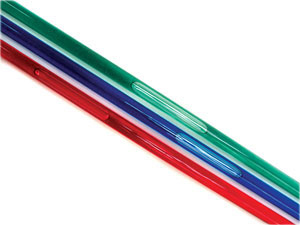 by: Tami O’Connor
by: Tami O’Connor
A few weeks ago my daughter, a new fifth grade teacher, asked me to come into her school to present a hands-on science lesson on Bernoulli’s Principle. Nothing delights me more than working with kids in a classroom. After 16 years of teaching, it’s hard to be away from it. At first I was unsure what I was going to bring in. I have so many really neat activities at my disposal that it is difficult to select just one. I finally narrowed it down to activities dealing with air pressure, which is part of their curriculum (always a plus!).
 As I rummaged through the office, I unearthed my supply of funnels, flex straws, and ping pong balls and decided that Daniel Bernoulli would be my guest of honor that day. When I started my lesson, I blew up a balloon and talked about air and its properties. Inviting comments, I discovered that they had some very interesting background knowledge, and most of it was correct… Read the rest of this entry »
As I rummaged through the office, I unearthed my supply of funnels, flex straws, and ping pong balls and decided that Daniel Bernoulli would be my guest of honor that day. When I started my lesson, I blew up a balloon and talked about air and its properties. Inviting comments, I discovered that they had some very interesting background knowledge, and most of it was correct… Read the rest of this entry »



 Posted by Tami O'Connor
Posted by Tami O'Connor 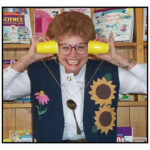
 by: Bruce Yeany
by: Bruce Yeany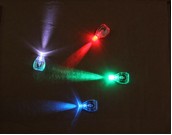
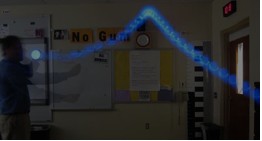
 by: Michelle Bertke
by: Michelle Bertke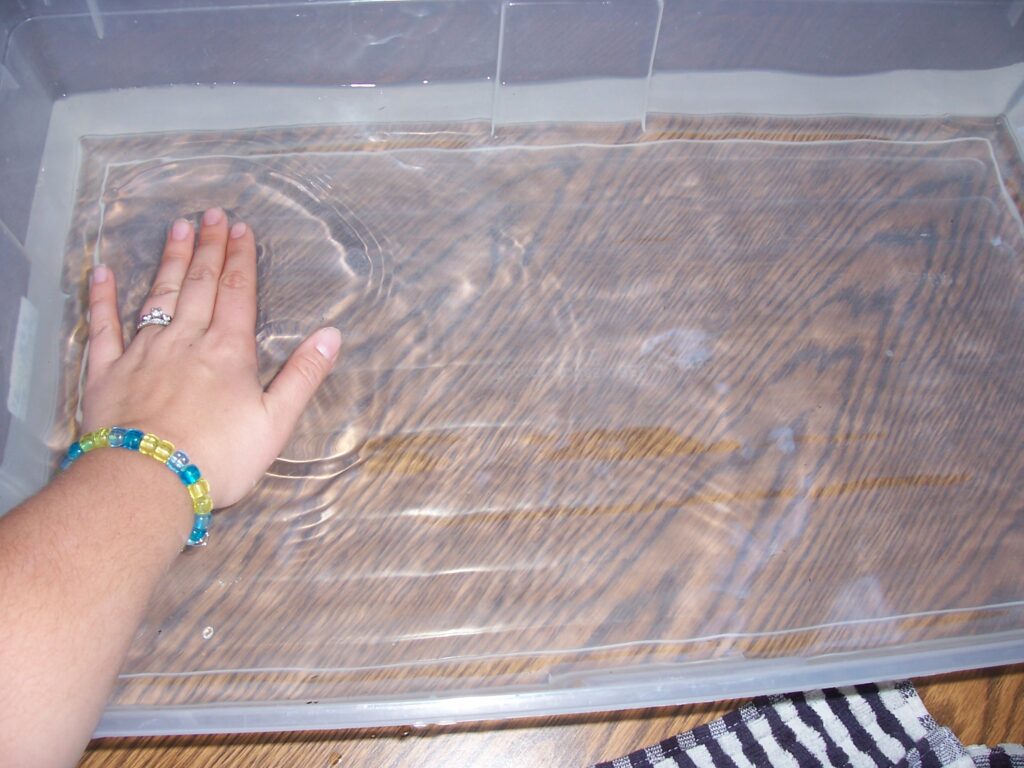
 by: Cindy House
by: Cindy House